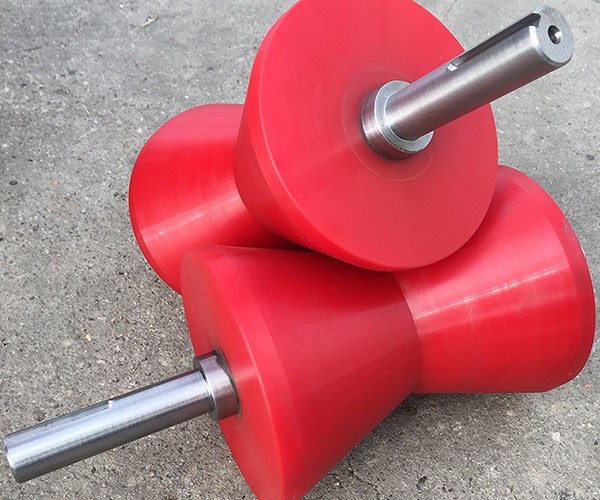Polyurethane is a polymer compound with many versatile uses. It is employed in the marine, fuel, and manufacturing industries, among countless others. One of the main factors in polyurethane’s versatility is that it exists as a liquid before molding and casting. This allows the material to be formed into a wide variety of shapes, from hourglasses for pipe rollers to caps for offshore oil rig wellheads.
Since polyurethane is such a versatile material, it can be molded and cast in a number of different ways to suit individual or industry needs. Some of the most common methods are discussed below.
Compression Molding
This method uses a heated mold as well as heated compression material. The material is then put under pressure so that it contacts all parts of the mold. The material is kept under heat and pressure until curing is completed.
Compression molding of polyurethane is ideal for high volume, simple orders as it is fast and inexpensive compared to many other molding methods.
Injection Molding
Injection molding offers the benefit of high volume production by using strong, metal molds. It can be utilized for a variety of parts, both large and small. The process is completed under very high pressure where the polyurethane is injected into a mold then allowed to cure. With injection molding, the mold can contain multiple cavities for very intricate shapes.
Blow Molding
In this process, polyurethane is shaped into a preform with a hole in a single end. This preform is placed into a mold and air is then blown through it, forcing it to match the dimensions of the mold. Of course, this makes blow molding ideal for forming hollow parts. Once the process is complete, the mold is opened and the part removed.
Extrusion Molding
This method uses a polyurethane blank, or unformed shape, to create a cross section of the desired part. The blank is forced through a shaped die, allowing for an extremely complex final shape. Furthermore, this technique allows for a very long final product, or multiple shorter pieces – whatever is needed for the project.
Polyurethane Casting
Overall, casting polyurethane is similar to injection molding. A mold, usually made of silicone or a similar soft substance, is injected with hot polyurethane which is then allowed to cure. Since the mold is not as resilient as the metal molds typically used for injection molding, polyurethane casting is not typically used for large volume production. However, very complex and intricate products can be produced with this method. Urethane casting is ideal for prototypes, small custom projects, and single pieces.
Benefits of Polyurethane
With its light weight, overall low production cost, versatility and resistance to corrosion, polyurethane is well suited to a variety of industrial and consumer applications. Since it can be subjected to a variety of molding and casting techniques, it can be employed in almost every conceivable industry. The various molding and casting methods available also allow urethane to be custom designed to provide solutions for even the most specialized jobs.



